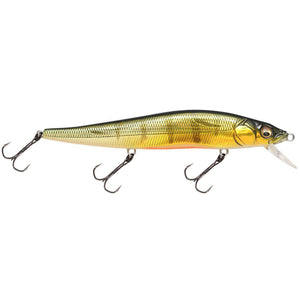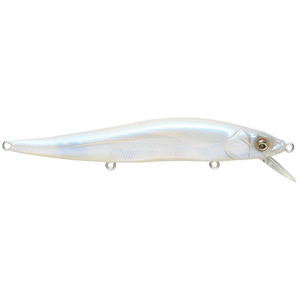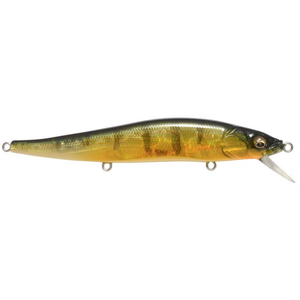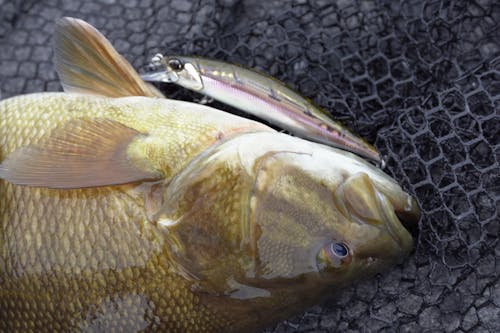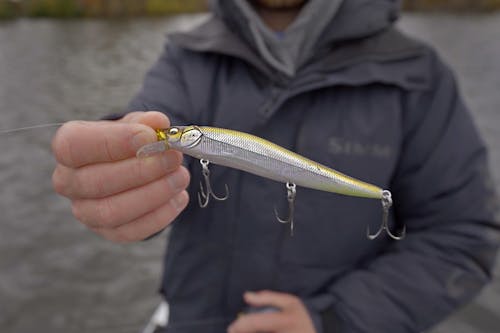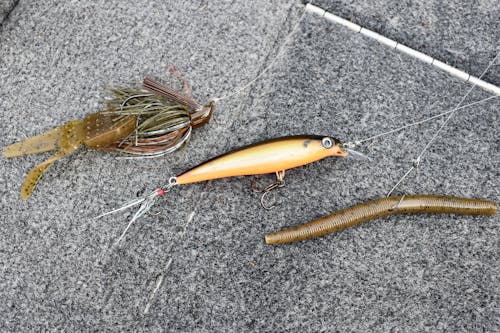When it comes to jerkbait fishing, one of the most important factors for a successful day on the water is finding the right cadence at which to work the bait. We break down in this video how to fish a jerkbait and the major differences between cold-water smallmouth jerkbait fishing and warm-water smallmouth jerkbait fishing. The biggest difference when it comes to water temperature for jerkbait fishing is the speed at which an angler works the bait and the duration of pauses, where you allow the bait to suspend in place between jerks and snaps of the rod. In ultra-cold water, during the late fall and early spring, a jerkbait is an incredibly effective tool and is best fished with quick jerks and snaps of the rod with longer pauses, up to 5 seconds or more between. This allows cold water smallmouth to close in on the bait and either grab it during suspension or attack in a reactionary mode during the harder snaps between long pauses. As the water warms, such as during the mid-summer months, it is key to keep a hard jerkbait moving almost at all times. A faster-moving jerkbait in warm water is a great way to trigger a smallmouth's curiosity, and when smallmouth become curious in groups, they tend to become aggressive, making for some of the hardest-hitting strikes in bass fishing. As with all things in fishing, it's important to vary your retrieve based on the conditions, and with jerkbait fishing, water temperature is one of the most important factors to consider!
How to Fish a Jerkbait
Wed, November 16, 2022
